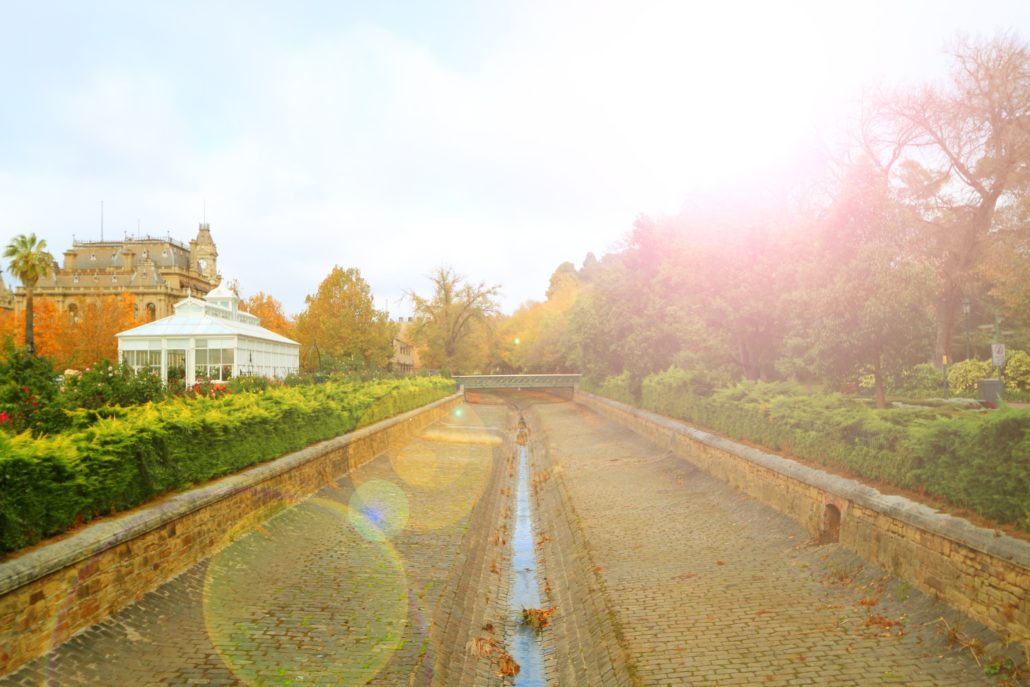Continuous learning in the water space
When I was in college, I had a friend whose family owned a house near the shoreline in Delaware. The first time she invited me, we could take the boogie boards out and catch some waves. It was a couple years later when I had the opportunity to return, but this time, the waves weren’t the same. I later learned why: The shoreline in Delaware was receding, and the state was forced to add sand altering the beaches and the waves.
Water spaces are changing constantly, and rapidly, because of changes in our climate and environment. People who work in the water space have to be agile, always learning and adjusting to this powerful, ever-changing, ever-flowing resource.
This week’s top submissions teach us something, or are from people who teach others about water. Some of the contributors are on the ground, working in communities to improve their water and their water education. As we prepare for World Water Day, we want to remind everyone of their efforts.
Remember the audience
Mina Gholizadeh of Iran shares an important lesson about water, technology and combining the two, useful to all who work in the water space.
Smart meters! This is a new story of using technology for management of groundwater, in Iran. Now I’m working as a smart meters supervisor. We had installed them on agriculture wells while the farmers didn’t like them because of limitating available water. There are many lessons can be learned. But one of them is very important. Before using any kinds of technologies, you should analyze the stockholders. I want to say predicting social behaviour of humans is definitely more vital than using new technologies.
Different perspectives
Cory Wright shared this powerful water story, to help us all remember that people have different relationships with water where they live.
Water facts–Dead Sea edition
The Water Places Project schools us on the Dead Sea with one Instagram post.
Passing on water knowledge
Melinda Alfano shares a tweet about her water story, passing on knowledge to primary school children in Barbados.
With #WorldWaterDay Mar.22nd, I think of #mywaterstory in Barbados, creating an #EnviroEd toolkit for primary schools w/ @fct_barbados 👩🏻🏫🌎 pic.twitter.com/A9caCnR3IE
— Melinda Alfano (@riotvan_) March 17, 2017
Reminder from water
Here’s a tweet from @grigomcmahon of photos during a journey. A reminder that no matter how often you take a certain path, there’s something new to see every time.
The Øresund between Sweden and Denmark always feels dreamlike to cross by train, like a Hiroshi Sugimoto image @circleofblue #MyWaterStory pic.twitter.com/Tq9v6ZEbOg
— murraygm (@grigomcmahon) March 17, 2017
If you want to share water knowledge with young people close to you, check out our water education resources, provided by the Project WET Foundation.

